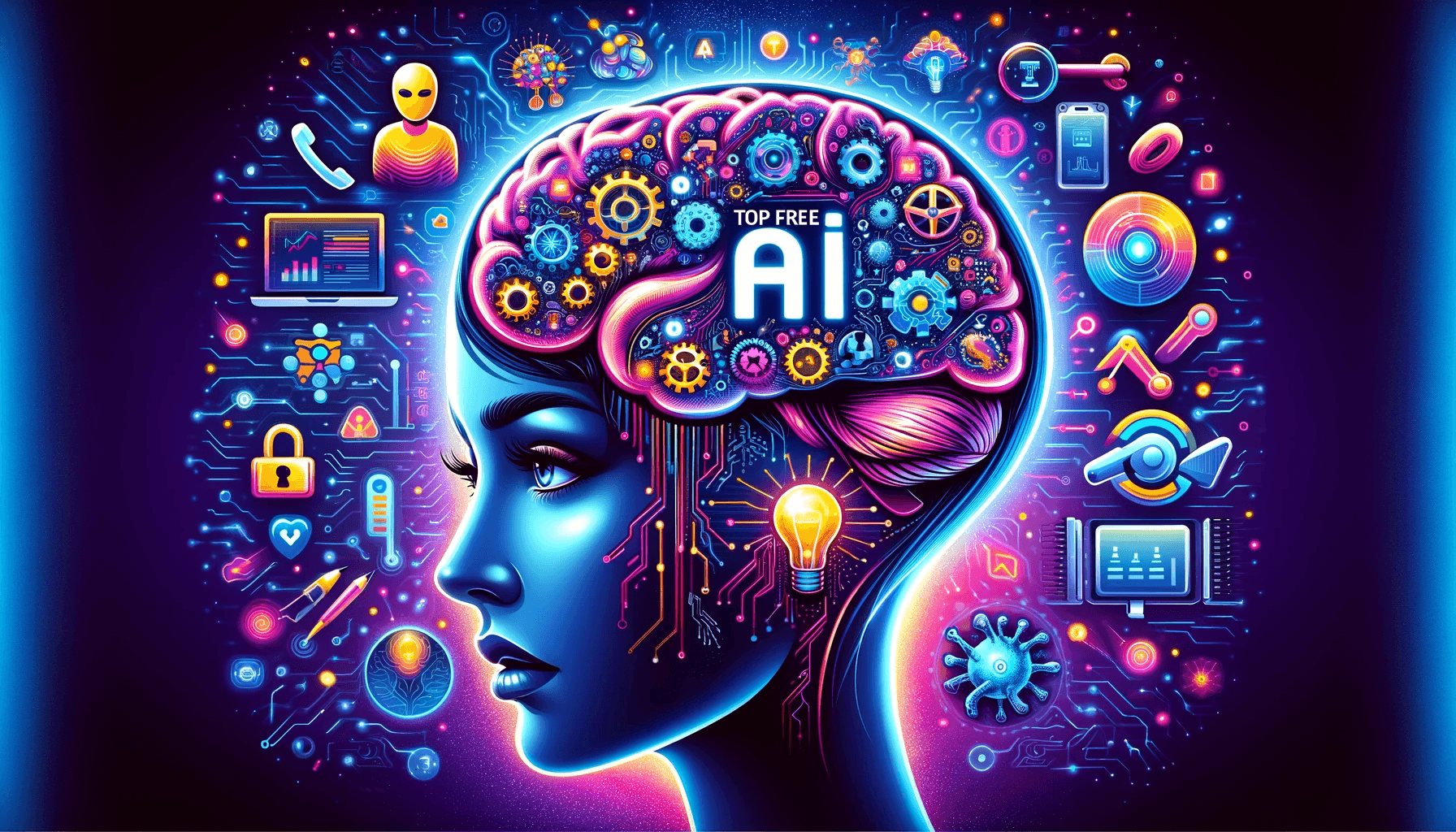Artificial Intelligence (AI) is becoming a powerful ally in addressing environmental challenges. By providing smarter solutions, real-time data analysis, and predictive capabilities, AI offers new opportunities to protect the planet and support sustainable development.
How Can AI Benefit the Environment?
AI can process vast amounts of environmental data to detect patterns, predict outcomes, and automate processes that contribute to sustainability. From climate change to wildlife conservation, AI is opening doors to more efficient, scalable, and impactful environmental solutions.
Key Opportunities in AI and the Environment
Climate Change Monitoring and Mitigation
AI can analyze climate data to track carbon emissions, predict extreme weather events, and model climate change scenarios. This helps governments and organizations make informed decisions to reduce greenhouse gas emissions and develop effective climate policies.
Smart Energy Management
AI technologies optimize energy consumption by managing supply and demand in real-time. Smart grids powered by AI can reduce energy waste, integrate renewable sources efficiently, and support the transition to greener energy systems.
Precision Agriculture
AI supports sustainable farming through precision agriculture, which uses data from sensors, drones, and satellites to optimize irrigation, monitor crop health, and reduce pesticide use. This leads to higher yields with lower environmental impact.
Wildlife Conservation
AI-driven image recognition and tracking systems help monitor endangered species, detect illegal poaching activities, and analyze animal behavior patterns. These technologies significantly enhance conservation efforts and biodiversity protection.
Pollution Control
AI can detect and track pollution sources in air, water, and soil. Real-time monitoring enables faster responses to environmental hazards and helps industries minimize waste and emissions.
Disaster Prediction and Management
AI systems can predict natural disasters such as floods, wildfires, and earthquakes by analyzing complex datasets. Early warning systems powered by AI can save lives and minimize damage by enabling quicker evacuations and preparedness measures.
Sustainable Urban Planning
AI assists in designing smart cities with optimized traffic flow, efficient waste management, and reduced energy consumption. Urban planners can use AI insights to build eco-friendly infrastructure and promote sustainable living.
Considerations When Applying AI in Environmental Solutions
While AI presents promising opportunities, careful consideration is essential:
- Data Accuracy: Reliable and diverse data sources are crucial to ensure accurate AI predictions and decisions.
- Ethical Deployment: AI applications must prioritize sustainability and avoid creating additional environmental burdens through excessive energy consumption.
- Accessibility: Solutions should be scalable and accessible to developing regions that face severe environmental challenges.
Conclusion
AI is emerging as a vital tool in the fight against environmental degradation. By enabling smarter resource management, predictive analysis, and real-time monitoring, AI contributes to building a more sustainable and resilient planet. To fully harness these opportunities, collaboration between technologists, policymakers, and environmentalists is key in shaping AI solutions that prioritize both innovation and environmental responsibility.







Leave feedback about this